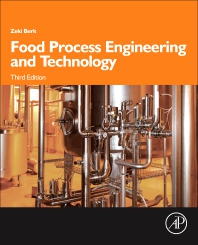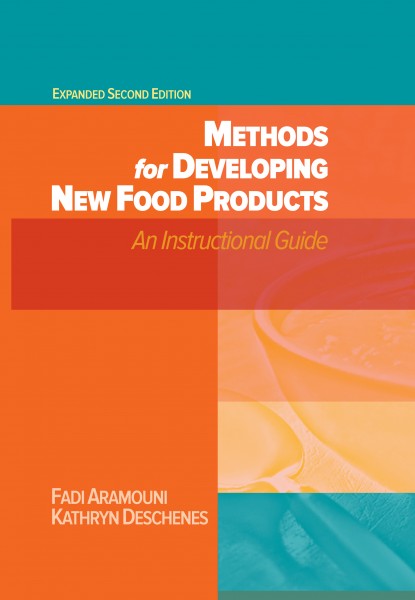COLD ALTERNATIVE PROTEINS
Plant-Based Meats: Full Speed Ahead?

Experts predict growth will continue to be in the cold and frozen segment, with the majority of growth in the frozen aisle. Image courtesy of Rebellyous Foods.
Making projections for 2022 feels like a fruitless game after living through 2020, and 2021. With COVID-19 continuously presenting new challenges, all industries have had to learn to pivot and adapt their plans, innovation, ingredients and supply chains to survive. The plant-based food market was not immune to this, with challenges feeding opportunity, and opportunity creating more challenges.
The opportunity resulted in vigorous growth in 2020, and through the first half of 2021. The manifestation of that growth challenged plant-based producers to source ingredients, supplies and labor quickly in a slow market. Now, as we begin a new year with the supply chain issues still upon us, a new challenge is presenting itself in the category.
Recent sales reports from significant plant-based meat makers, including Beyond Foods and Maple Leaf, have flagged some risk to the strong growth trends of the plant-based meat category based on their 2021 performance. Now the debate rages over whether this dip in momentum is only a blip or a bigger red flag in a category with grand long-term projections. Wild and widespread conjecture has claimed there will be a slowdown as a result of consumers losing interest.
We don’t project a slowdown in consumer interest. We do project a desire for price parity and innovation.
So what does this mean for 2022 prospects? Hurdles are not new for the young industry. Ten years ago, the alternative meat category was facing an uphill battle. In 2012, plant-based meat alternatives lulled at $553 million. Trial was low— and disillusionment was settling in with the public, and the food industry, on the potential of the category. In the last 10 years, though, innovation, investment and consumer interest have turned the boat around. Today the plant-based meat category has more than doubled and stands on the cusp of “mainstream,” with plant-based foods now on the table in 53% of households.
The early days of the COVID-19 pandemic supply chain and labor issues that tore through the traditional meat industry opened the door for an increase in trial of alternative protein products. This trial resulted in accelerated growth. In 2020, the number of households that purchased meat alternatives increased by 43%. This trial drove growth that significantly outpaced the animal meat industry.
Recently IRI has reported that trial and repeat are slowing. But be careful not to be misled by this change in activity, and the media headlines borne out of it, and conclude that this means the growth of plant-based meat was a fad. The category has also shown high repeat rate throughout the pandemic with Nielsen reporting that 90% of consumers who have tried plant-based meat claim they would eat it again. The consumer segments leading the growth of plant-based purchases, Millennials and Gen-Z, have demonstrated a real hunger to integrate more plant-based options into their diet for a variety of health, social and environmental reasons. Millennials have reported eating over four plant-based dinners each week, representing a real commitment to the category. Their impact on the market will only continue to grow with their increasing purchase power and increasing interest in cooking at home.
What could hold them and the category back? Price.
The food system has instilled an unsatiated appetite and expectation for cheap meat. Today, plant-based meat is 2-to-5 times as expensive as factory-farmed meat. The pandemic temporarily leveled the playing field as meat prices surged, demonstrating the growth potential when this hurdle comes down. Producers like us at Rebellyous are aware and addressing this constraint. At Rebellyous, we’re building the production technology required to reach price parity and make meatless options available everywhere.
In 2022 (and beyond), pricing will be critical in closing the gap with meat. While cost issues are being addressed, there will continue to be a race for market share of category loyalists. We expect growth will continue to be in the cold and frozen segment, with the majority of growth in the frozen aisle (currently 65% of the total plant-based meat alternative sales).
We also expect to see more innovation emerge to address and engage with the continued interest in the category. This will come from small categories like plant-based fish (currently only 1.5% of the category), as well as plant-based cold-cuts and plant-based whole muscle products. Products that will succeed will address a health, social or environmental concern, but most importantly will be easy, straightforward and quick substitutes in the consumers' diets.
As we have learned over the last two years, anything can happen. The plant-based meat market must be ready to pivot and address these challenges head on. If I were to gamble, and predictions in this day and age are just that, I would put my money on the industry rising to the occasion and meeting the $1.5B U.S. market size projections for the growth rate of 2022.
Looking for a reprint of this article?
From high-res PDFs to custom plaques, order your copy today!









